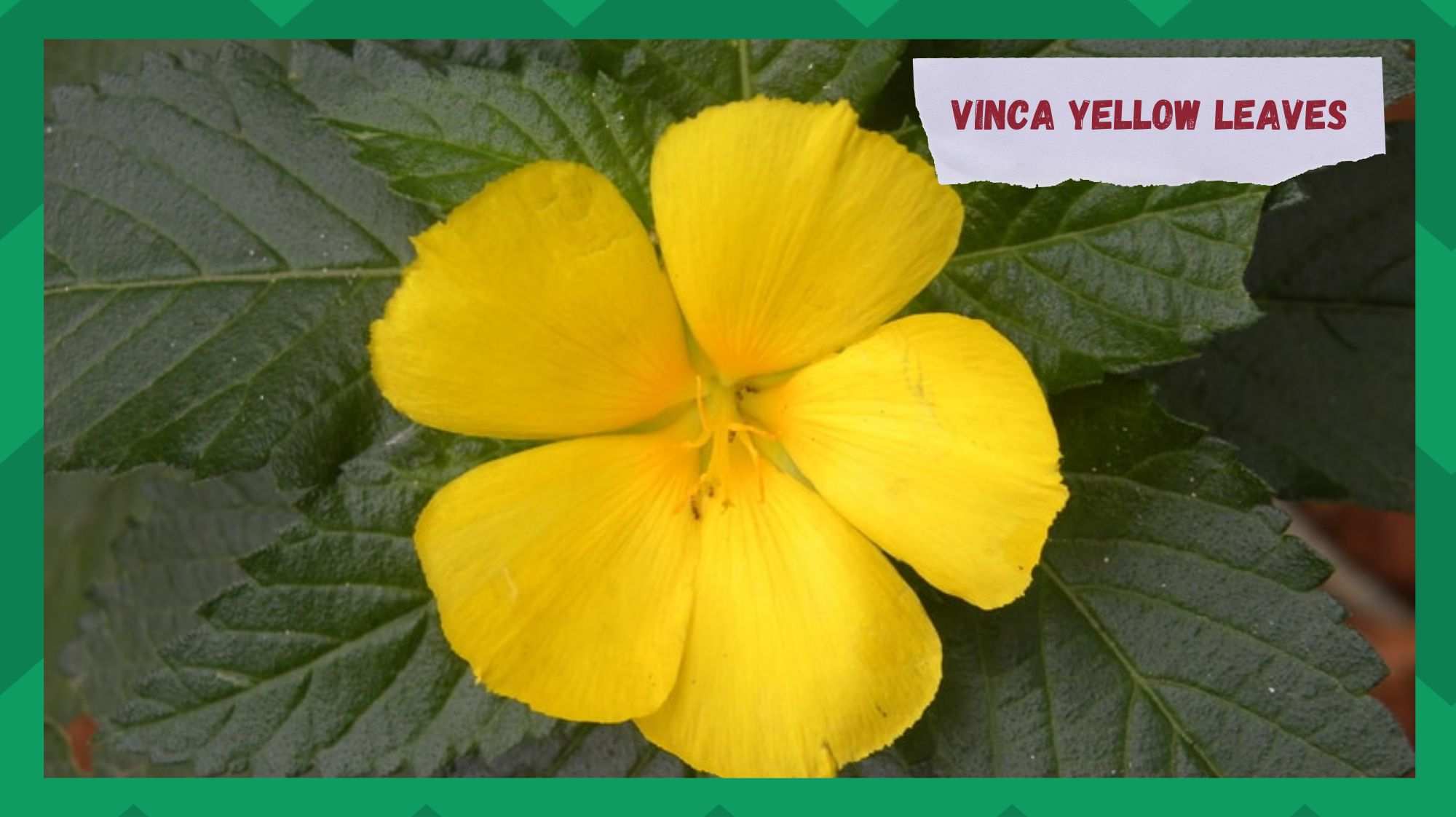
Vinca is a popular garden flower that has gained widespread recognition in recent years. The low maintenance requirements of this bloom are a major factor in its popularity. This can go without water for extended periods of time without wilting, as it is drought tolerant.
Also, you don’t need direct sunshine to cultivate these blooms; they’ll thrive in either partial or full shade. In this vein, it’s worth noting that vinca, or a very related plant, comes in a huge number of different varieties.
One of the most typical issues is when the leaves of the vinca start turning yellow. Curious to know why? Let’s find out.
Vinca Yellow Leaves
- Excess Water In Soil
The leaves of vinca plants have a stunningly attractive bright green colour that gives the plant a very healthy appearance. Because of this, if you see that the leaves have become a dull yellow, it’s likely that the plant is about to die.
There are a number of possible explanations for this, but one of the most popular explanations is that the soil contains an excessive amount of water. As was just pointed out, vinca is a hardy plant that can make it through the week without being sprayed with water every day.
Nevertheless, in order to maintain the flower’s overall health, it is essential that you water it on a regular basis. To keep the plant blooming, just make sure the soil is moist all around it.
However, you should also know that your plant will begin to drown if you give it any more water than it can absorb. Taking this into consideration, you need to build a pathway through which all of the excess water that has accumulated in your soil can escape.
This will ensure that the soil maintains its moisture level even when the plant’s excess water is being removed. However, it is also necessary to monitor your plant often to ensure the passageway is not closed and water is not once again accumulating.
Watering the flower too frequently can cause it to wilt, therefore it’s better to make it a habit to only water it when absolutely necessary.
- Fertilizers In Soil
One other typical explanation for why the leaves of your vinca plant can be turning yellow is that the plant is not getting enough of the nutrients it needs. A flower has an abundance of self-care mechanisms at its disposal to ensure that it remains in good health.
That means drawing moisture and nutrients from the ground, and turning sunshine into energy to fuel its growth. When it comes to vinca, however, you should be aware that the plant can make it through the winter without either water or sunlight.
Because of this, it is essential that the bloom receive an adequate supply of nutrients from the ground in which it was planted. Poor soil quality in the area where you planted your vinca can be detrimental to its health.
Your flower’s foliage will turn yellow and eventually fall off, and it will also wither and die. This is why maintaining healthy soil through the use of fertilizer is so important.
This will make certain that the soil receives all of the additional nutrients that are necessary to maintain the viability of your plant. It’s possible that you’ll need to experiment with a few various kinds of fertilizer before you locate the one that works best.
However, it is important to choose a product from a manufacturer with a solid reputation for producing high-quality fertilizer. In any case, one a month of chemical application is more than enough to keep the flowers in tip-top shape.
- Diseases
A number of diseases can cause the leaves of vinca and periwinkle plants to become yellow and eventually fall off the plant.
Yellowing and stunting of leaves, followed by plant mortality, may be symptoms of Phytophthora nicotianae’s stem blight and root rot. Let’s dive deeper into different diseases that might cause vinca to turn yellow!
- Yellow Leaves From Leaf Spots
Several different types of fungi can cause leaf spot on your vinca, but the end effect will be the same. The most common culprits are Alternaria alternata and Ulocladium spp. As the spots grow larger, they spread up the stem and finally to the top of the plant, where they cause the leaves to turn yellow and fall off.
Watering the plant in the morning rather than the evening helps prevent the leaves from becoming overly soggy. Also, plant health can be improved by ensuring that the soil is fertile.
- Virus of Tomato Spotted Wilt
Annual vinca is particularly susceptible to tomato spotted wilt virus, a disease that can infect many different plant species and typically manifests as black concentric ring spots or lines. Eventually, the leaves will turn yellow and the plant will grow abnormally.
There is currently no treatment for this ailment, so it is imperative that affected plants be removed from the ground and disposed of quickly. If you want to prevent the spread of a disease that can be transmitted by vinca, you should not plant vinca near vegetables.
- Aster Yellows Infection
Another bacterial disease that can produce leaf yellowing in annual vinca is called aster yellows, and it is spread by the aster or the six-spotted leafhopper.
Aster yellows causes stunting and yellowing of ornamental plants, as well as the development of numerous secondary and deformed shoots in place of a smaller number of normal ones.
Plants infected with aster yellows should be removed and destroyed quickly to avoid the spread of the disease to unaffected plants in the area. To avoid spreading the illness, vinca should not be planted near infected plants.
- Direct Sunlight
A vinca plant’s leaves may become yellow for a number of reasons, the last of which being that the blossom could not be in the best possible position.
You should be aware that the plant can survive even if you put it in the shade; nevertheless, one thing that many forget is that these flowers should not be exposed to direct sunlight as it can be harmful to them.
This may cause your plant to begin drying out, which will ultimately lead to its demise. Taking this into consideration, you should ensure that the bloom is placed in complete or partial shade instead than direct sunlight. This contributes to the leaves achieving a more desirable shade of green as well.
On the other hand, the vinca flowers will produce a greater number of blossoms if they are allowed to remain in the partial shade. Depending on the priorities that you have prioritised, you can choose between these choices in a simple and straightforward manner.


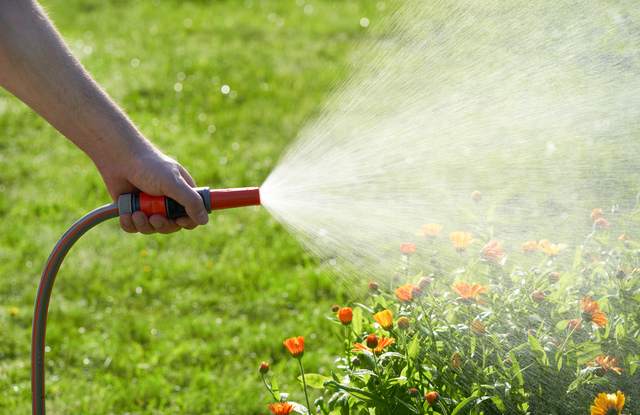
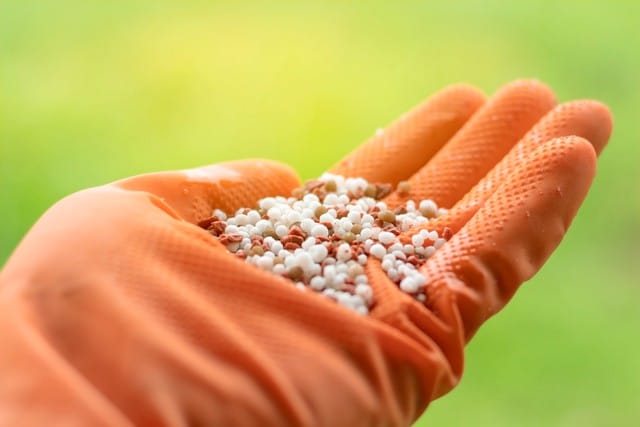
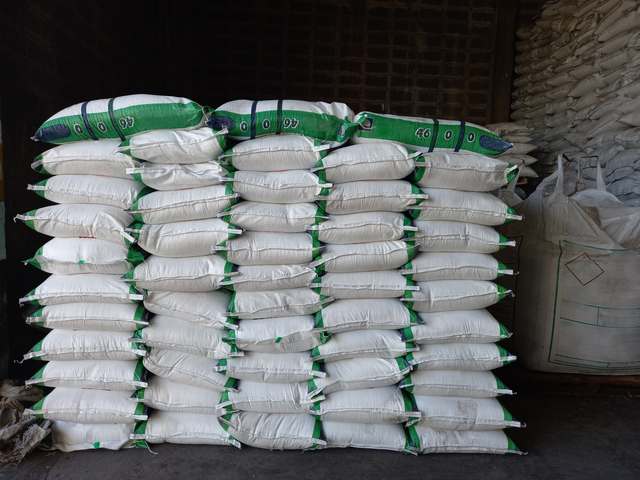

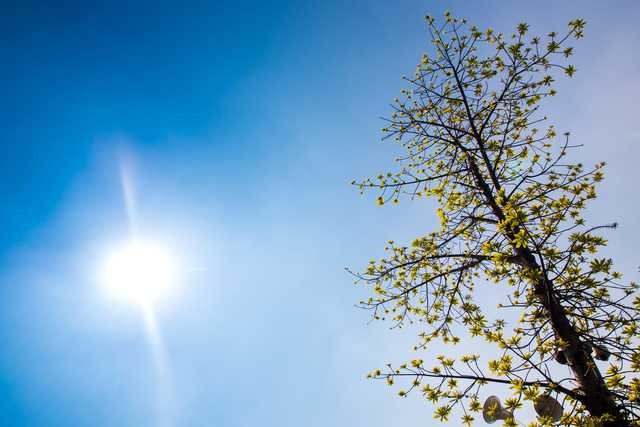
my vinca are having yellow leaves,I have treated them with some acid mixture but can’t remember what acid to use can you help me with which acid to use?